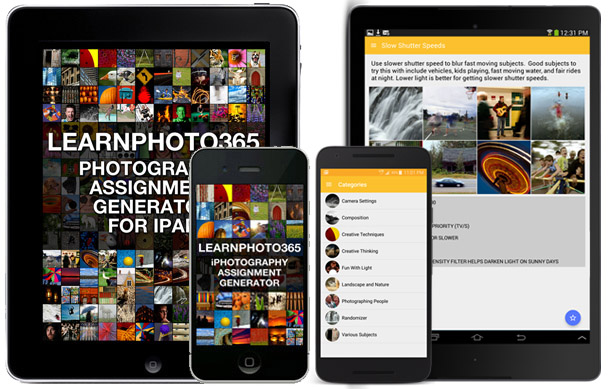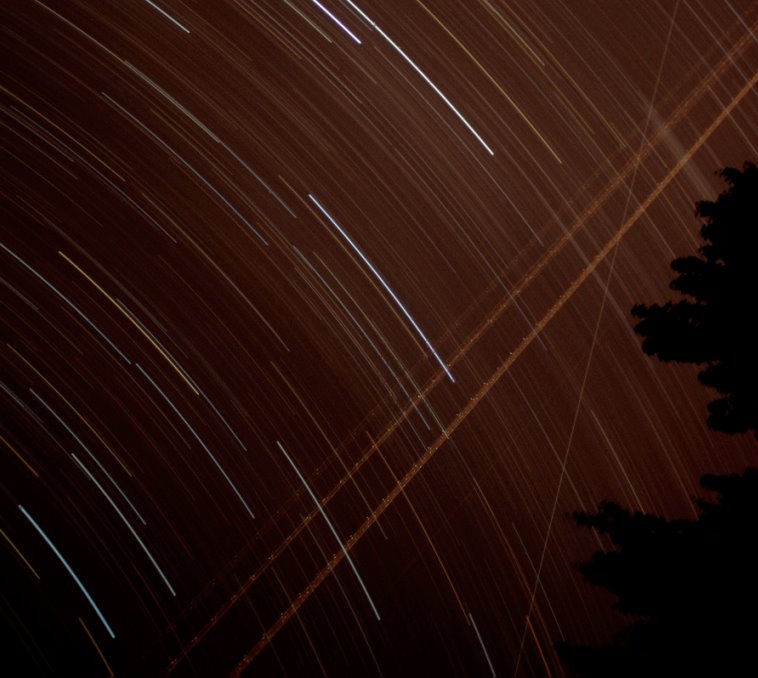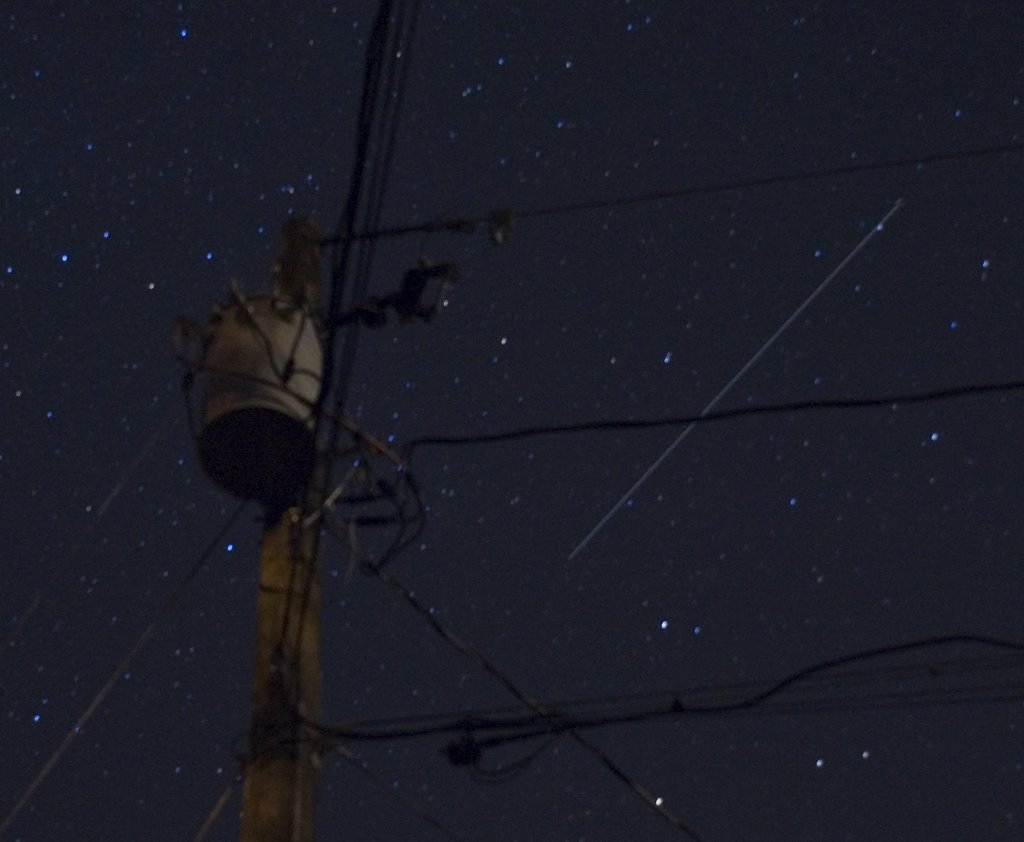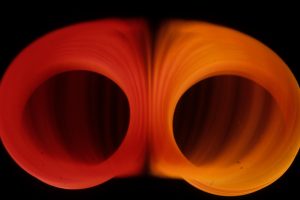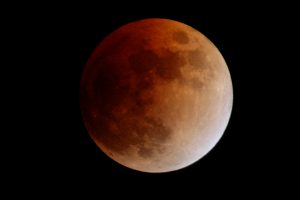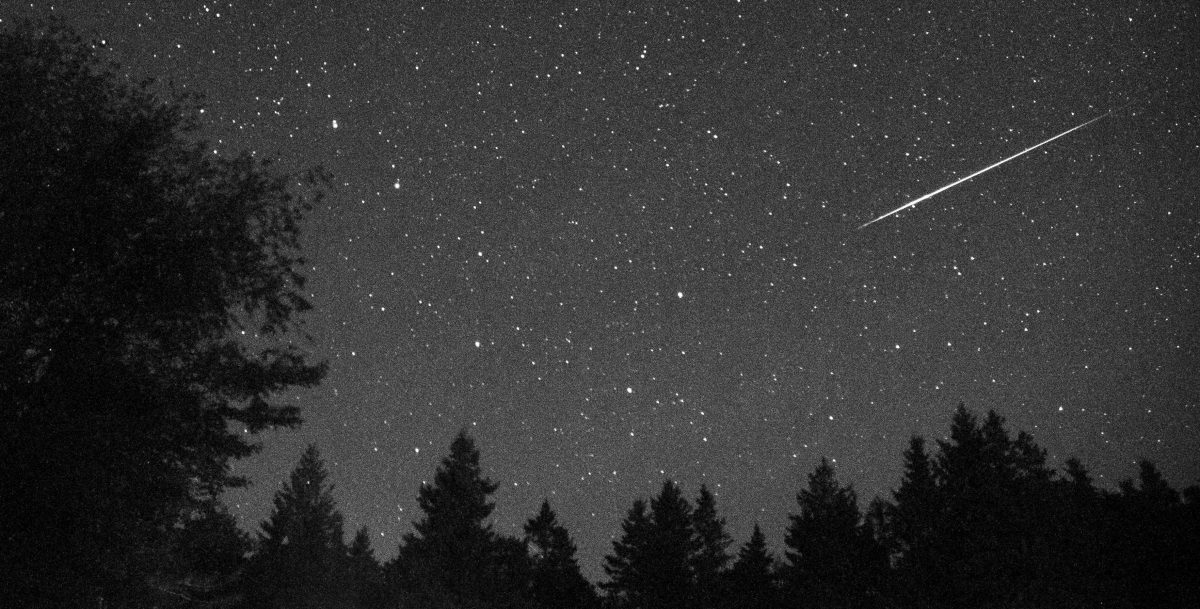
For a short period on Thursday night/early Friday morning we might be treated to a METEOR STORM know as the Alpha Monocerotids. For a very short window, you might be able to see almost 100 meteors in the 15 minute peak!
So get out your tripods, bring a mug of coffee, grab some friends, and go shoot them. Here’s some tips on how.
Like all meteor showers, the Alpha Monocerotids are caused by the earth’s orbit through a cloud of dust left behind by a comet. However at this time, it is not know which comet created it. The last time there was a meteor storm burst was in 1995, where 400 meteors in a single hour were recorded. The meteors radiate from the constellation Monoceros the Unicorn, which is why they are referred to as the “Unicorn meteors”. For more info on the Alpha Monocerotids, check out this article on EarthSky.org.
TIME TO GO OUT:
The meteors storm is supposedly centered around 11:50 Eastern time on Thursday night August 21st, and into the early morning hours of Friday the 22nd. (For those of you in the Atlantic time zone, that means 12:50am on Friday morning) There could be as many as 100 meteors in a 15 minute storm during that time period. It is recommended you begin viewing about 45 minutes before the peak time.
WHERE TO GO AND SKY CONDITIONS:
You want to be as far away from the City/Town as possible to reduce the amount of light pollution. Find a dark road out in the country somewhere far away from street lights.
Obviously it has to be a clear night that you can see the sky. The moon won’t be in the sky during the peak, so there will be no interference.
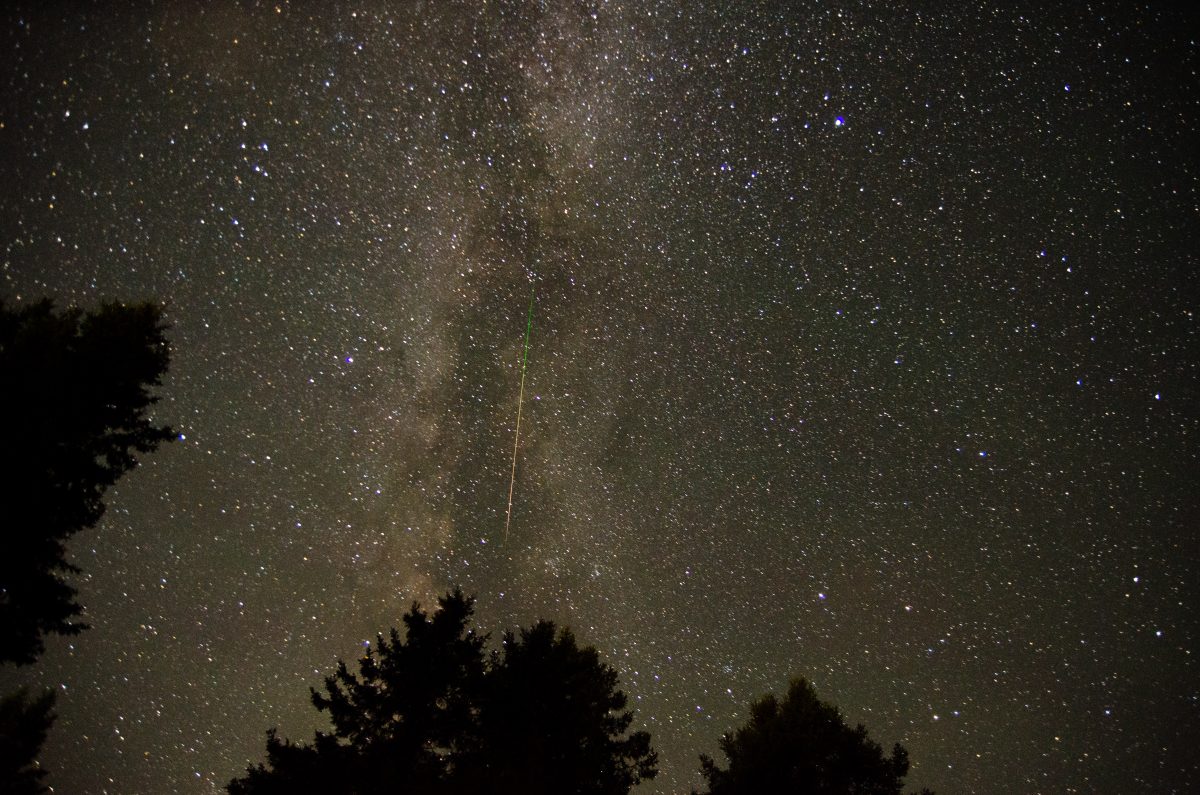
FINDING THE METEORS
You should be able to see lots of meteors in the East/South Eastern sky. They will radiate from the constellation Monoceros the Unicorn, which is to the left and below of Orion’s belt. A great way to find the constellations is using an app like Sky View or Sky Guide. However, the meteors will probably be visible all over the sky.
PRE-SHOOTING PREPARATION:
Charge your batteries fully before going out. It might be a bit colder at night, and that can affect battery life. Just in case, bring some warm clothes, a hat, and gloves. Bring some hot beverages, some friends, and make it a fun outing! At least you’ll have someone to talk to between exposures. Might also want a chair to rest as you shoot.
Also bring a flashlight or LED keychain light so you can see what you are doing when changing your settings. A headlight looks dorky, but it let’s you works with both hands.
DO I NEED A TRIPOD?
YES and the heavier the better!
REMOTE/CABLE RELEASE
Always better to use a remote control or cable release when shooting long exposures on a tripod, as it will ensure there is no pontential camera shake from pushing down the shutter button.
VR/IS/OIS
If you have any form of stabilizer on your lens, make sure you TURN IT OFF! When using a tripod, the stabilizer might actually create blur.
ISO:
Start with 400 ISO and see how much detail you can pick up. If you aren’t getting enough details or don’t have a wider aperture lens (F4 or lower), try 800 ISO and then go higher if necessary.
LENS:
You want to use a wide(16-35mm) to normal lens(50mm) so you can get a wide range of sky area.
SHOOTING MODE:
This has to be MANUAL as you need to set both the shutter speed and aperture. Your camera cannot meter properly for the stars!
SHUTTER SPEEDS:
The longer the speed you use, the more meteors you will get. However, if you go too long, the stars will begin to form trails. To figure out how to long to shoot the stars without getting trails, you can use this general guide.
Divide 600 by the length of your lens, and that is how many seconds you should use. For example, if you are using a 17mm lens, 600/17mm= 35 seconds.
However, if you do long exposures like 30minutes to 1 hour(or longer), you will get star trails that look neat along with the straight lines of meteors.
The photo below was done for three hours (although you can see the light pollution made the sky brownish instead of black!) Note you will need a cable release or remote, and use BULB mode to do this. No way you can hold the button down for 1-3 hours…
NOTE: Many digital cameras will max out the shutter length at 30 minute to prevent overheating and damage..most likely that will be the longest you can do.
APERTURE/F-STOP:
Use your widest aperture (smaller number, for example 3.5/4.5) to let in as much light as possible. If you find the meteors coming out a bit bright, you can stop down one setting. If you have a lens that has a really wide aperture(1.8/2.8) that is even better!
METER
You meter will be well in the minus (-), that is exactly where it should be. Your camera cannot meter the starry sky properly.
FOCUS:
You have to use MANUAL focus and focus on the stars or set the focus on the lens to Infinity.
WHITE BALANCE:
I would suggest shooting RAW, and then playing with the white balance if needed. Had I shot the one at the top raw, I could have switched to TUNGSTEN/INCANDESCENT balance to correct for the orange.
If you are shooting JPEG, do a test using DAYLIGHT/FULL SUN and see how it looks. If you do have things lit up by ambient light around you(like street lights, etc) you may want to use TUNGSTEN/INCANDESCENT instead, but it could make the sky go a bit too blue.
COMBINING SHOTS:
-It’s possible to combine the images of separate meteors into one image using Photoshop. The difficulty is the position of the stars will change as the Earth rotates, so you’ll need to find star clusters that you can use to line the shots up.
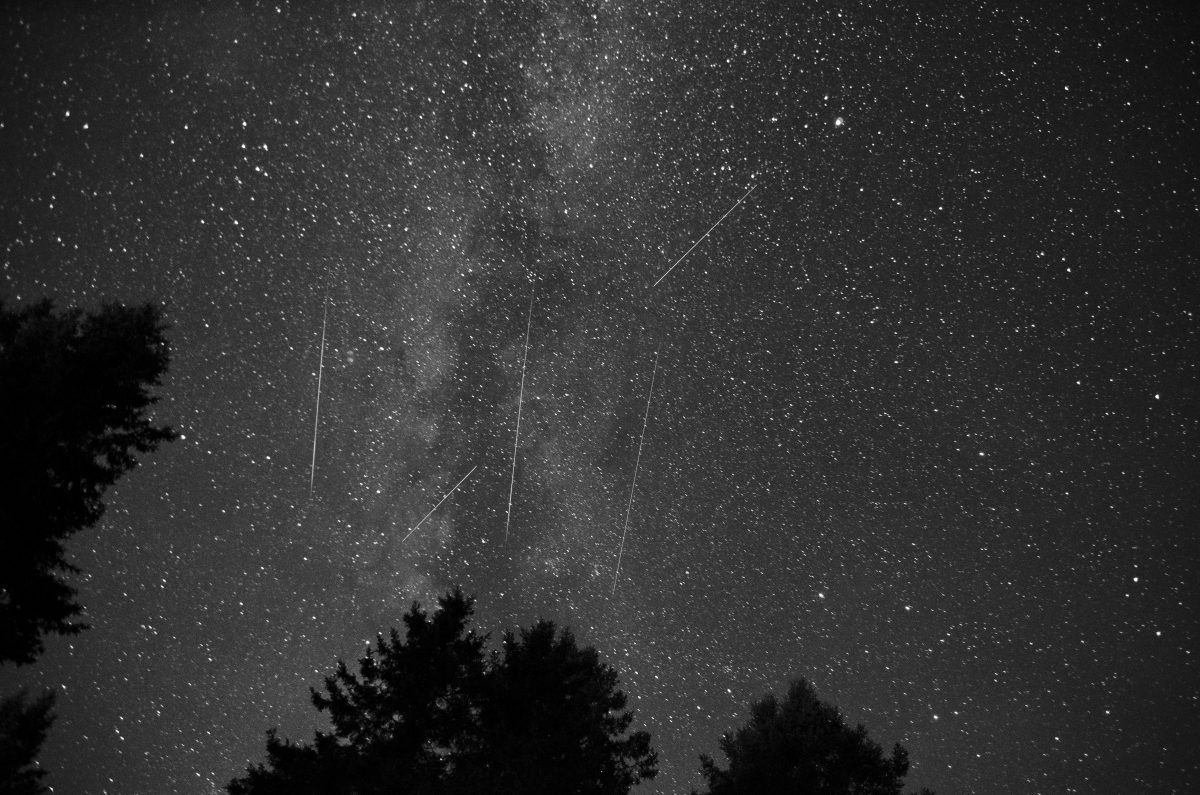
OTHER SHOOTING TIPS:
-If you want to include trees, mountains, the horizon, etc they will provide an interesting silhouette shape and scale.
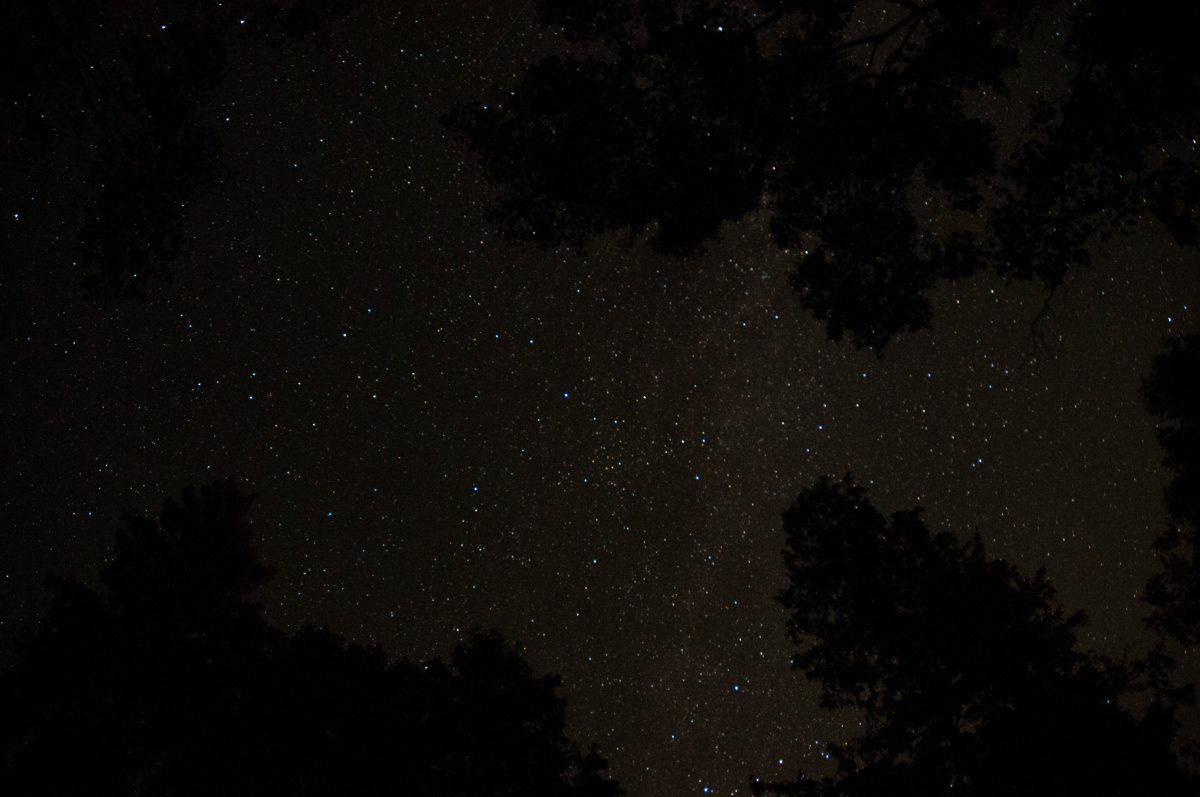
-You could also try using a flash or LED light during the exposure to light up the trees!
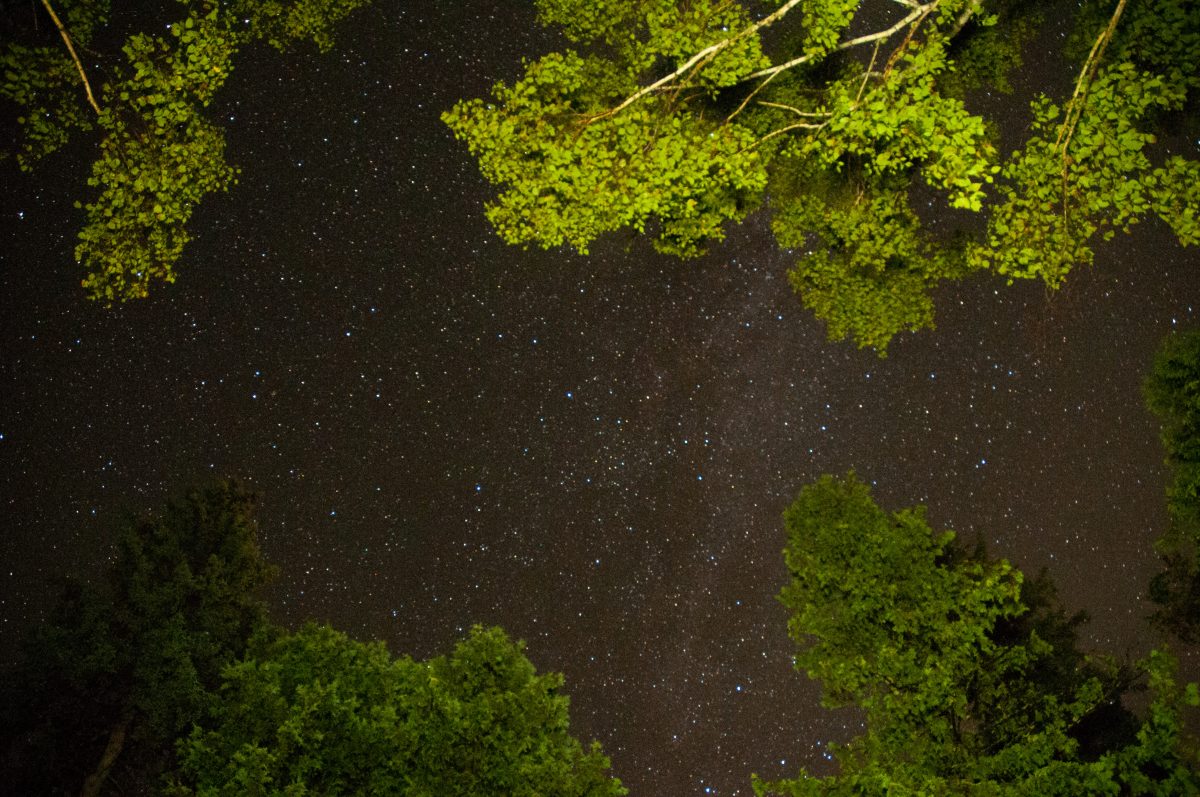
-Have an old film camera kicking around? Haul her out, throw in some ISO 400 film, and take some long exposures!(You have to have to use a cable release)
-You may also capture other elements in the sky, like planes or satellites!
Here’s an image you can save to keep on your phone for handy reference! Tap on the image to load it large, then TAP and HOLD and select SAVE AS to download it to your device.
Hope you get clear skies!
Want to make sure you get all the latest posts and info? Subscribe!
Noel Chenier
———-
Photographer and teacher
Connect with Noel on INSTAGRAM or TWITTER or via EMAIL
Photography Assignment Generator Apps now available on the app store!
Noel’s Portfolio
Work Done by My Students!
(535)


